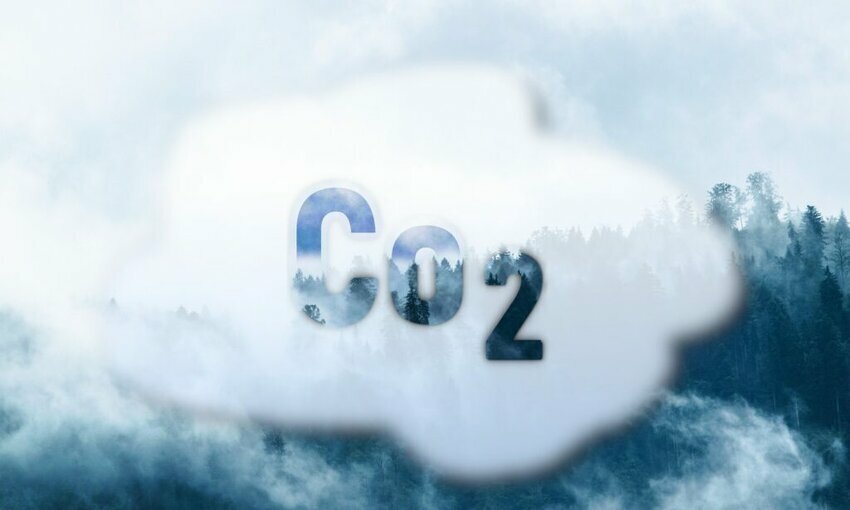 (Credit: Pixabay)
(Credit: Pixabay)Chevron Corporation, through its Chevron New Energies business, and JERA, a joint venture between two Japanese power companies, are collaborating on multiple lower carbon opportunities – including production; carbon capture, utilization, and storage; and new technology commercialization – focused on the US and Asia Pacific region.
The companies have signed a Joint Study Agreement to explore the potential co-development of lower carbon fuel in Australia and will conduct a feasibility study expected to be completed in 2023. Lower carbon fuel supplies to be produced in the region would seek to leverage Chevron’s LNG and CCS knowledge and experience.
As part of their focus across the hydrogen value chain – including production, export, and transportation – Chevron and JERA will also study liquid organic hydrogen carriers (LOHC) in the US. LOHC has the potential to enable efficient hydrogen transport and long duration energy storage applications, essentially using hydrogen as a battery to deliver lower carbon energy on demand. As part of their focus on LOHC, Chevron and JERA have both invested in Hydrogenious LOHC Technologies.
In May, Chevron launched a carbon capture and storage project in San Joaquin Valley, California. The company has also closed on a joint venture for a hub in the Gulf of Mexico off the coast of Texas.
With the project, the company is aiming to reduce the amount of carbon dioxide emitted per unit of energy produced at its Kern River Eastridge cogeneration plant in California and has acquired a 50% stake in the Bayou Bend carbon capture and sequestration hub. The latter includes paying $50 million to Talos and Carbonvert for the stake in the joint venture.